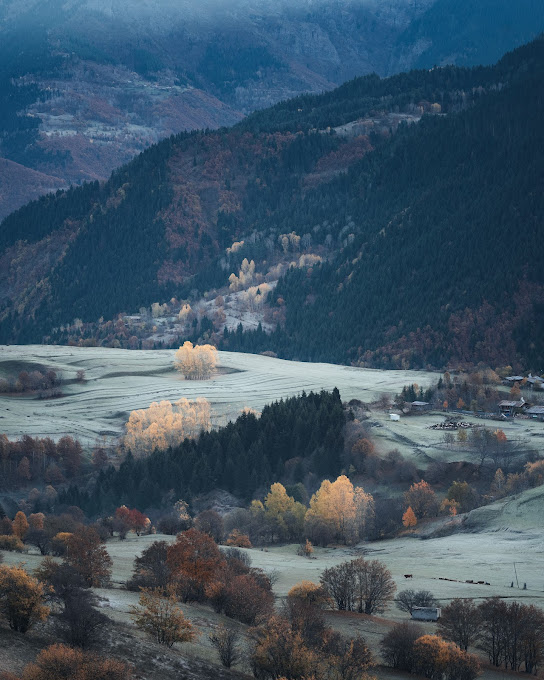Swat Valley
Swat Valley is a stunningly beautiful valley located in the Khyber Pakhtunkhwa province of Pakistan. Known for its majestic mountain ranges, lush green meadows, and crystal clear rivers, Swat Valley is a popular tourist destination that attracts visitors from all around the world. In this blog post, we will take a closer look at the history of Swat Valley, its natural beauty, and the steps being taken to protect its environment.
History of Swat Valley
Swat Valley has a rich history that dates back to the Indus Valley Civilization. The region was ruled by the Mauryan Empire in the 3rd century BC and was later conquered by Alexander the Great. In the 7th century AD, Swat Valley became a part of the Buddhist Gandhara Kingdom and became an important center for Buddhist art and culture. The region was later ruled by various Muslim dynasties, including the Mughals and the Yusufzai Pashtuns.
Natural Beauty of Swat Valley
Swat Valley is a paradise for nature lovers. The valley is surrounded by majestic mountain ranges, including the Hindu Kush and the Karakoram. The valley is also home to several stunning waterfalls, including the Kalam, Mahodand, and Spin Khwar waterfalls. The meadows of Swat Valley are filled with colorful wildflowers, and the crystal clear rivers are perfect for fishing and boating.
Environment of Swat Valley
Despite its natural beauty, Swat Valley is facing several environmental challenges, including deforestation, soil erosion, and water pollution. To protect the environment of Swat Valley, the government of Pakistan has taken several steps, including the implementation of tree-planting campaigns and the establishment of protected areas.
Keywords: Swat Valley, natural beauty, history, environment, Khyber Pakhtunkhwa, mountain ranges, meadows, waterfalls, rivers, fishing, boating, deforestation, soil erosion, water pollution, tree-planting campaigns, protected areas.
Events in Swat Valley
Swat Valley has been a center of many historic events. In 2007, the valley was taken over by Taliban militants who imposed strict Islamic law, leading to a major military operation by the Pakistani army. This operation led to the defeat of the militants and the restoration of peace in the region. The valley has since then been a safe and secure tourist destination.
Traditional Values of Swat Valley
Swat Valley has a rich cultural heritage, and its traditional values are deeply rooted in the Pashtun culture. The people of Swat Valley are known for their hospitality, kindness, and generosity. Pashto is the main language spoken in the region, and Islam is the dominant religion.
Swat Valley is also known for its handicrafts, including embroidery, weaving, and woodcarving. The valley is home to several traditional markets, including the Mingora market, where visitors can purchase locally made handicrafts.
The traditional dress of the people of Swat Valley is the shalwar kameez for men and the perahan tunban for women. The perahan tunban is a long dress worn with a scarf, and the shalwar kameez is a loose-fitting outfit worn with a long shirt and pants.
Conclusion
Swat Valley is a land of natural beauty, rich history, and traditional values. The region has faced many challenges, but it has always bounced back and emerged stronger. Visitors to Swat Valley can enjoy its stunning landscapes, learn about its rich cultural heritage, and experience the warmth and hospitality of its people.
Also visit our AI site Here










